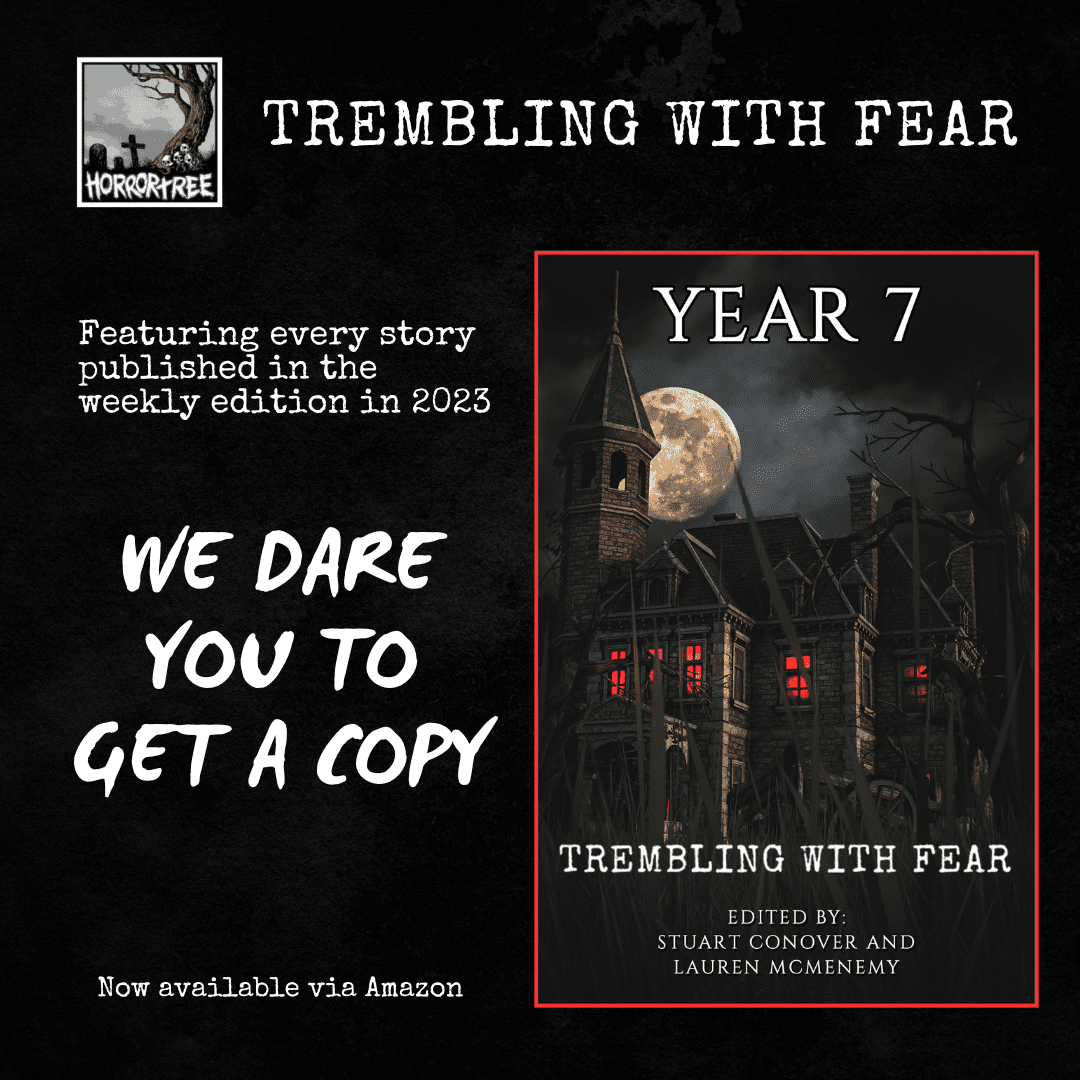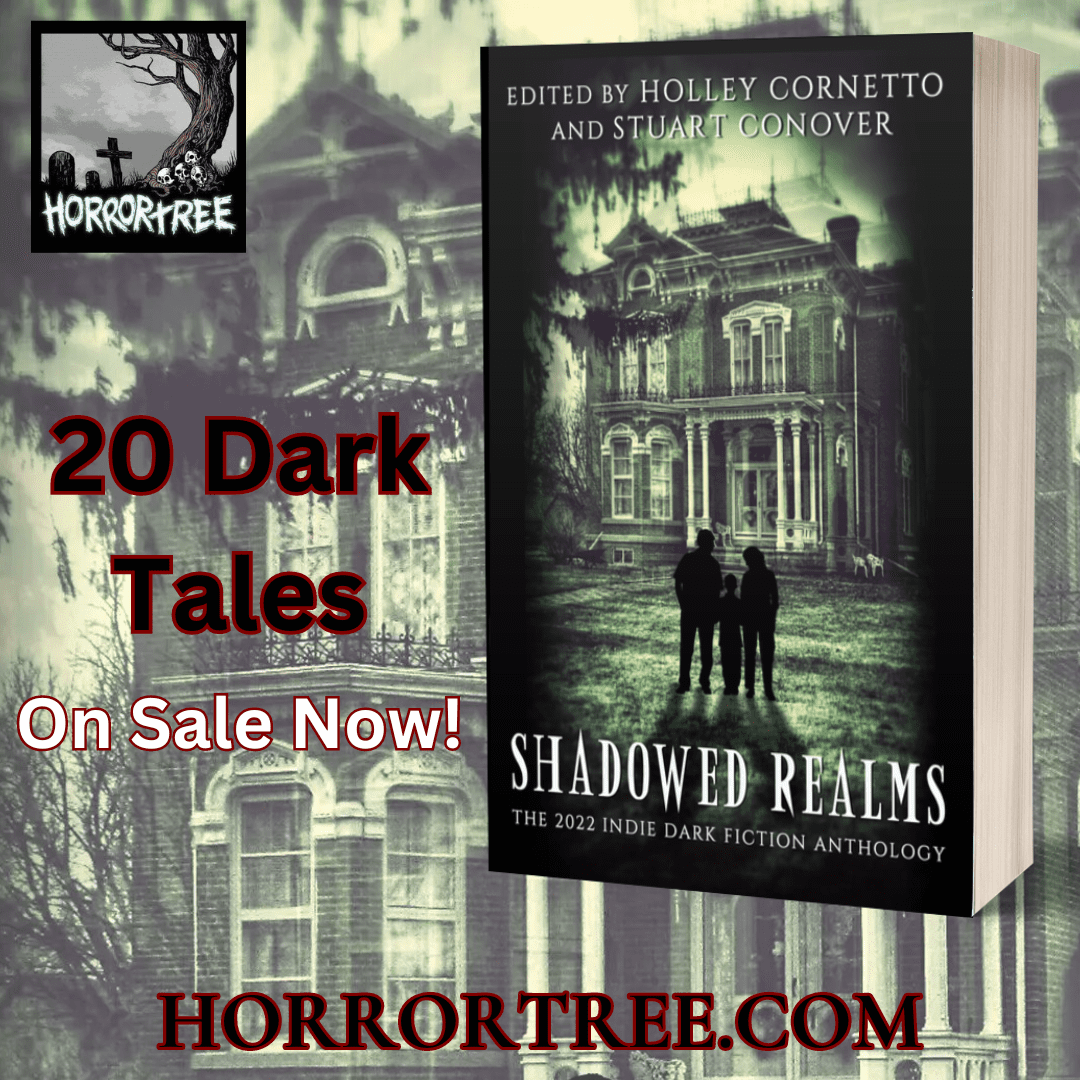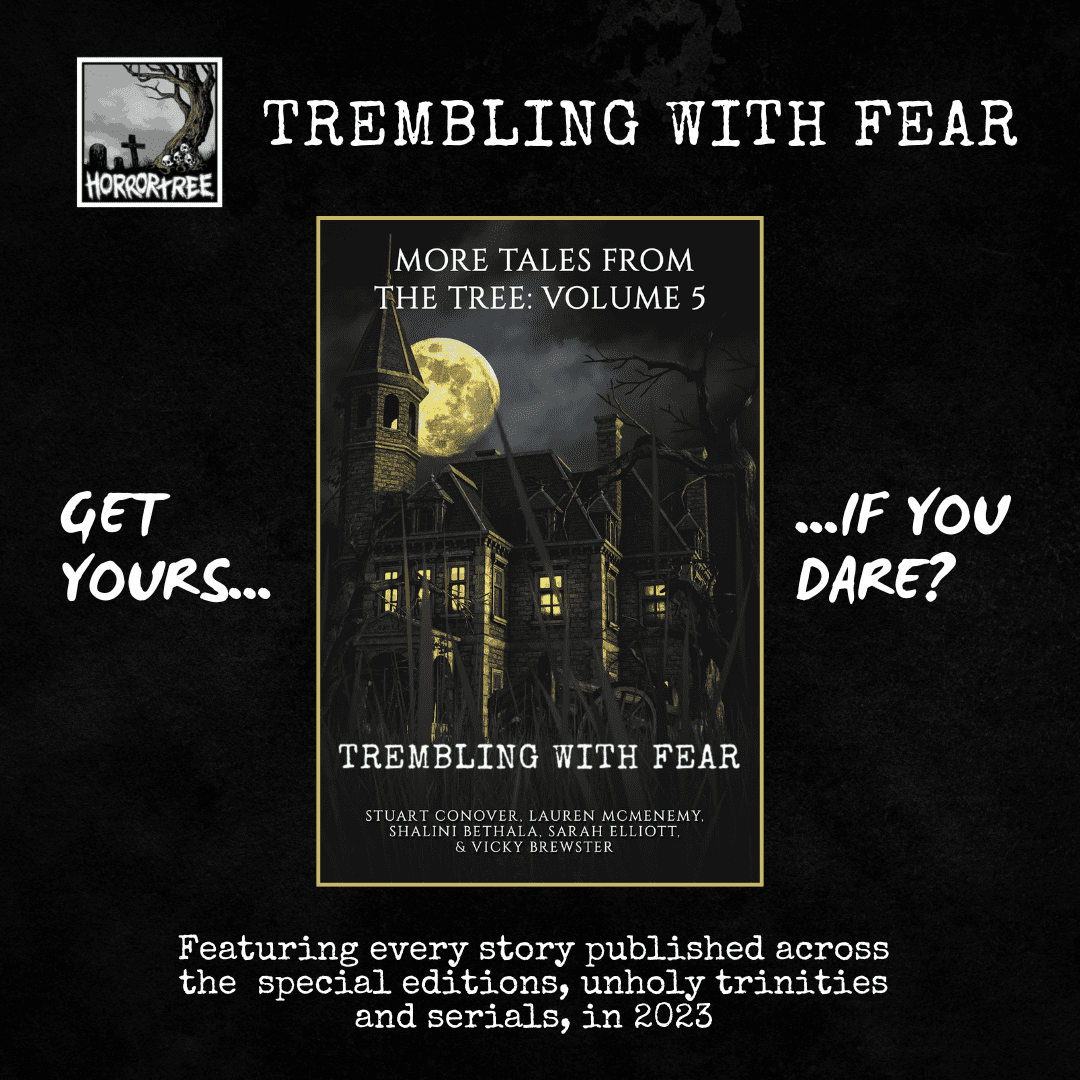Pixelated Nightmares: The Psychology of Fear in Horror Games and How Writers Can Use It
Pixelated Nightmares: The Psychology of Fear in Horror Games and How Writers Can Use It
The best horror games are, of course, the ones that scare or make us jump off our couches or from behind our computer screens. Aside from the jumpscares and terrifying creatures, ghosts, and monsters, however, another trait of a good horror game is its storytelling and its ability to get in the player’s head and make the most of their fear. Let’s examine a bit of how this fear can work so we’ve got a better idea as to how it can be applied to our writing.

One of the best recent horror game titles to do this is Until Dawn, where the player literally speaks to a psychiatrist character in sequences between chapters. There is even a sequence where the player is made to complete the game’s take on the Rorschach inkblot test. While we aren’t sure if the upcoming Until Dawn film adaptation will incorporate much of the game’s psychological horror elements, it’ll still be interesting to see the film’s characters undergo the psychological stress and horror players were subjected to in the game years prior.
Of course, Until Dawn isn’t the only horror game that gets in players’ heads and scares them optimally. Even titles without explicit psychological elements can still successfully deliver horror to players, even if not in the ways you think. Below, we’ll look at some horror games, how they use the psychology of fear, and what writers can learn from them:
Call of Duty and political horror
We know what you’re thinking — Call of Duty isn’t a horror game, even if it does have the occasional zombies. While it would be easy to focus on the undead, the first-person shooter franchise is well-known for its use of in-depth storytelling rooted in a fictional America and its military conflicts. At the same time, players have the option of a more fast-paced, storyless gameplay through ranked multiplayer lobbies and its competitive esports scene. Esports fans and players interested in Call of Duty betting should consider the games’ different modes, maps, and other gameplay elements to place more promising bets. Followers of popular Call of Duty teams like Atlanta FaZe can bet on the game’s different game modes, including the battle royale mode for World Series of Warzone, where pros battle it out to be the last team standing on war-torn locations around the world.
Call of Duty’s use of real-life and reality-based political situations in its fictional universe is an unexpected source of horror, whether it’s maps on Warzone or plot points in the games’ campaigns. For example, Black Ops Cold War directly references the controversial CIA project MKUltra at one point, and also comments on JFK’s assassination. In fact, using the Cold War setting is a popular horror game move, recently seen in the third Outlast game, Outlast Trials, which spooked even ex-CoD professional Jev, from the FaZe Clan.
For writers, Call of Duty and the use of political horror is a great reminder that some of the best and effective horrors are rooted in reality and history instead of fantasy. With a gripping story, realistic characters, and immersive gameplay, a video game can induce fear through the political horror subgenre. While some may find the use of politics controversial in today’s society, it is also a genre ripe for social commentary and basing our scares in reality.
The Walking Dead: A Telltale Series and character drama
Aside from horror derived from real life politics, another effective psychological horror threat for gamers is character drama. We’ve all experienced this when watching a horror film — when a child or pet is in danger, the stakes become much higher and the horrors more intense. This form of horror uses relatable characters that help ground the fictional story in reality and raise the stakes. Of course, horror games aren’t afraid of putting this trope to use.
In our post on women in horror gaming, we highlighted voice actress Melissa Hutchison’s work as a child named Clementine in The Walking Dead: A Telltale Series. Today, the character has become one of the most beloved and memorable characters to come out of The Walking Dead games, as players get to witness her grow up throughout the series and become a survival veteran.
Even if The Walking Dead: A Telltale Series isn’t as fast-paced and adrenaline-pumping as other titles like Left 4 Dead, the games are still a tense and popular pick among horror game fans due to their focus on characterization, character development, and emotion — much of which is anchored by characters like Clementine. For writers, knowing how to draw fear and tension through characters is a great way to execute horror without going all-in on gore, blood, and other stereotypical horror elements.
Resident Evil 4 and the “safe room” effect
Finally, another great way to induce fear in horror gamers is by making use of the “safe room” effect. A 1983 theory by psychology professor Dolf Zillmann argues that the opposite of conventional horror elements can magnify positive feelings of relief. For example, during horror movies, viewers can typically catch a break during daytime scenes as the movie teaches them the monster or ghost only comes out at night.
The same “safe room” effect is implemented perfectly in games like Resident Evil. In RE games, players are confident they won’t be attacked whenever they’re in a safe room with the iconic typewriter that lets them save and organize their inventory to prepare for the game’s next stage. In the Resident Evil 4 (RE4) remake, players who have a hard time reaching the “safe room” would have to memorize RE4 herb combinations to obtain the right healing items that will keep them safe during the game’s many frightful encounters with crazed villagers and zombified creatures.
For writers, the use of the “safe room” effect can be used both ways. Essentially, by providing readers with something (or someplace) to feel relief in between the piece’s many horrors, you’ll be able to draw and induce fear whenever you want by taking the “safe room” away from them or threatening to destroy it.












